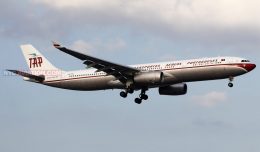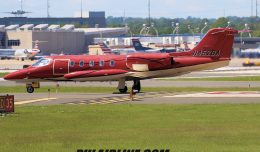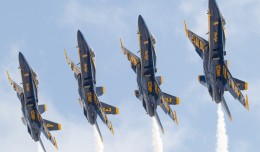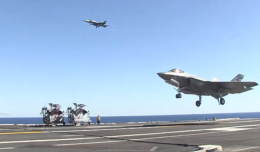The U.S. military on Thursday lost contact with a hypersonic aircraft during a test flight over the Pacific Ocean, the U.S. Defense Advanced Research Projects Agency (DARPA) confirmed.
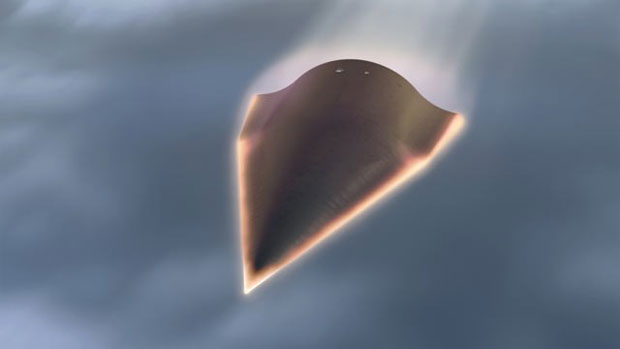
DARPA Falcon HTV-2. (DARPA.mil)
The Falcon Hypersonic Technology Vehicle 2 (HTV-2) was launched aboard an Air Force Minotaur IV rocket at 7:45 a.m. local time from the Vandenberg Air Force Base in California.
After the Minotaur rocket launched and neared orbit, it successfully inserted the HTV-2 into the desired trajectory. Separation of the vehicle was confirmed by rocket cam and the aircraft transitioned to Mach 20 aerodynamic flight, according to a spokesperson for DARPA.
The hypersonic vehicle was expected to fly at a speed of Mach 20, approximately 13,000 miles per hour (21,000 kilometers per hour), while experiencing temperatures in excess of 3,500 F (1927 C). However, the flight ended prematurely when engineers and scientists lost communication with the speeding craft.
DARPA said that more than nine minutes of data was collected before an anomaly caused the loss of signal and the aircraft likely impacted the Pacific Ocean along the planned flight path as initial data indicated.
According to DARPA, the aircraft transition to Mach 20 represents a critical knowledge and control point in maneuvering atmospheric hypersonic flight. “We know how to boost the aircraft to near space. We know how to insert the aircraft into atmospheric hypersonic flight. We do not yet know how to achieve the desired control during the aerodynamic phase of flight,” said U.S. Air Force Major Chris Schulz, DARPA HTV-2 program manager. “It’s vexing; I’m confident there is a solution. We have to find it.”
The prototype HTV-2 had its first test flight on April 22 of last year when telemetry assets also experienced a loss of signal from the aircraft. According to Schulz, there are many technical obstacles to overcome in these kind of flights and his team will review and analyze the data collected during the coming weeks.
This data will be used for decisions regarding future Conventional Prompt Global Strike programs, which has the ultimate goal of having the capability to deliver a precise weapon strike anywhere in the world in less than an hour. HTV-2 was designed to fly anywhere in the world in less than 60 minutes.



